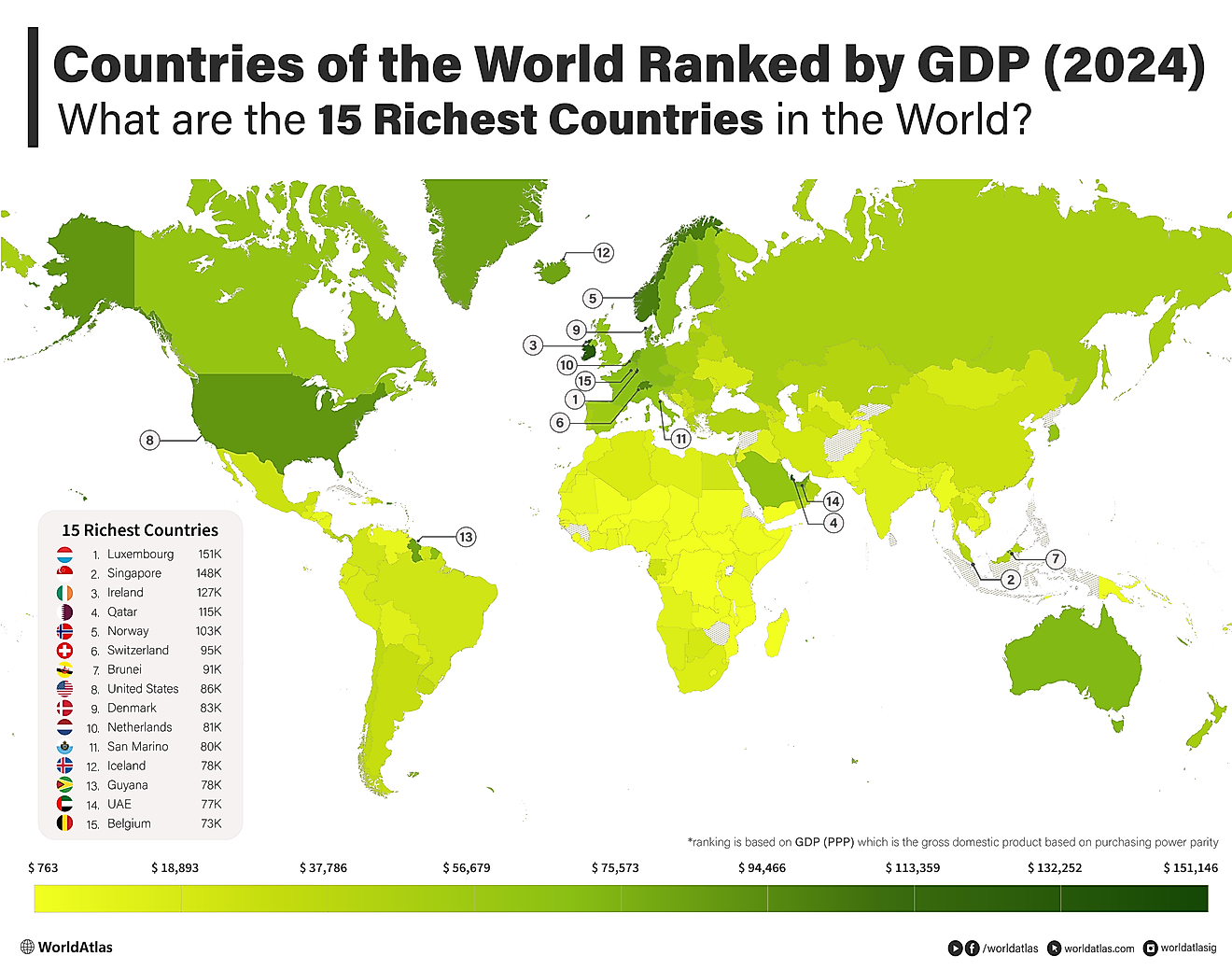Top 20 Sand Exporting Countries

Sand is a granular material composed of rock and mineral particles. It is defined by its size, having to be finer then gravel but coarser then silt to be considered sand. When people think of sand they usually think of hot deserts, which cover approximately 20% of the Earth's land area. The largest of these is the Sahara Desert in Africa, which is around 3.6 million square miles (9.4 million square kilometers) in size. The most common form of sand is constituted of silica in inland continental or nontropical coastal settings. The second most common type of sand is constituted of calcium carbonate. Now that some of the basis of sand have been discussed, lets get to seeing how it is exported.
Sand: From Mine to Buyer
Extraction
Mining sand is usually done through open pit mining, which involves extracting sand from a open pit or a burrow. Sand is extracted form a variety of locations, such as beaches, dunes, and that dredged from the ocean floor and river beds. The extraction process can range from having a front loader just scoop up and transport the sand from a riverbank to using floating dredges to loosen sand deposits that are underwater and then using a suction pipe to suck up the sand. If the sand is extracted via front loader it is dumped onto a conveyor belt to be taken to be processed. If the processing facility is farther away then the sand is dumped into a truck to be taken there. If the sand is extracted via floating dredge. then it is pumped through a pipeline to the processing plant.
Processing
After the sand is extracted it is sent to a processing plant that is usually in the general vicinity of where the deposit of sand being extracted. The first step in processing sand is called sorting, in which the sand is mixed with water into a slurry and then discharged through a large screen to separate out foreign material, such as rocks or sticks. The slurry and the foreign materials then all go onto separate conveyor belts. The second step in called washing. in which the slurry is washed in a log washer before it is once again further screened. The blades of the log washer churn through the slurry to remove any remaining foreign materials. The slurry mix is then pumped into a horizontal sand classifying tank that sinks all of the sand in the slurry to the bottom. Once all the sand is at the bottom of the tank, the water is pumped out and the sand is removed to be placed into storage. The last step in processing sand, which is optional is called crushing. This is when a crusher crushes sand into a specific shape or size that does not occur naturally.
Shipping
Sand is shipped by boat or barges if it has to be transported over the ocean or other waterways. If sand is being moved on land it is usually done by trucks. If it is sand is in bags it is done using a 18 wheeler and if it is not it is done using dump trucks.
Applications of Sand
Sand has a major used in the construction industry where it is mixed in to help create concrete, brick, cob and mortar. Sand that is used for construction must be from riverbanks, quarries, beach sand, or underwater sand because desert sand is too fine to be used for most construction materials. Ground up sand constituted of silica is is used to make fiber glass insulation, test tubes and computer screens. Sand also plays in important role in creating artificial reefs, man made beaches and islands. Sand is also used in sandbags to try and help prevent flooding. Sand is also used in hydraulic fracking as part of the material that helps to hold open the cracks fracking creates.
Top Importers of Sand
According to the Observatory of Economic Complexity (OEC) the world's largest importer of sand is Singapore, which imports 13% of the world's sand. After Singapore the next largest importers of sand are Canada (11%), Belgium-Luxembourg (9%), Netherlands (6.2%), Germany (4.4%), and Mexico (4.4%). The largest importers in the regions of the world not mentioned are Argentina (2.3%) in South America, Algeria (0.43%) in Africa, and Australia (0.19%) in Oceania.
Top 20 Sand Exporting Countries
| Rank | Country | Natural Sand Exports in 2015 (USD) |
|---|---|---|
| 1 | United States | $385,588,000 |
| 2 | Netherlands | $182,758,000 |
| 3 | Germany | $125,973,000 |
| 4 | Belgium | $105,586,000 |
| 5 | Australia | $73,473,000 |
| 6 | Vietnam | $70,239,000 |
| 7 | Cambodia | $53,169,000 |
| 8 | France | $48,835,000 |
| 9 | China | $45,296,000 |
| 10 | Egypt | $34,466,000 |
| 11 | Taiwan | $33,740,000 |
| 12 | Saudi Arabia | $30,728,000 |
| 13 | Canada | $26,140,000 |
| 14 | United Kingdom | $22,692,000 |
| 15 | Spain | $17,925,000 |
| 16 | United Arab Emirates | $17,592,000 |
| 17 | Norway | $16,785,000 |
| 18 | Malaysia | $15,801,000 |
| 19 | Denmark | $15,417,000 |
| 20 | Bulgaria | $14,867,000 |







